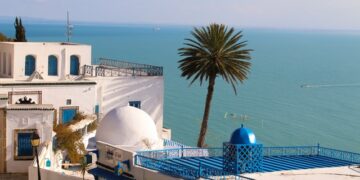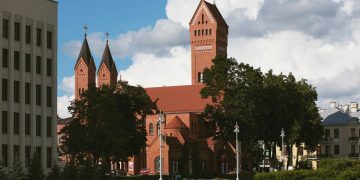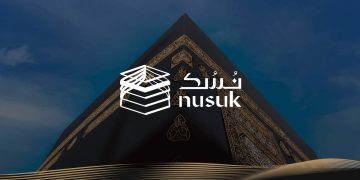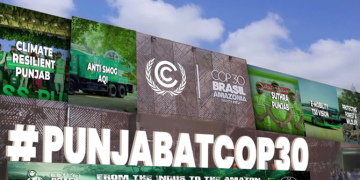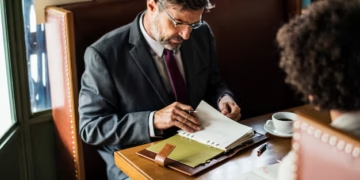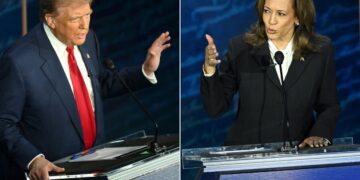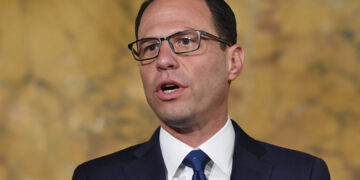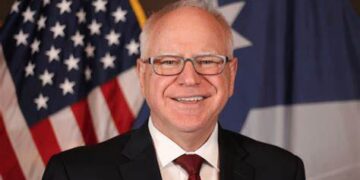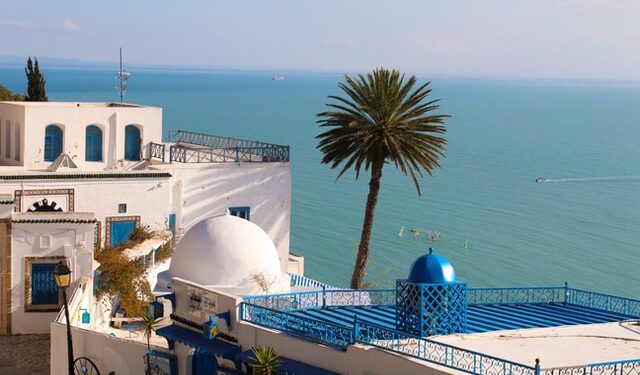The current Tunisian transition towards democracy and development is increasingly entering in a slow moving political, economic and social crisis, after 10 years since it started. The country recently launched online consultations about political reforms for its democratic transition, on different topics from economic to social, health and cultural affairs. The goal is a new constitutional draft that will substitute the Constitution of 2014, to be approved with the referendum on July 25, the anniversary of President Saied suspension of Parliament, who some people called coup and others a liberation. Following the referendum new elections will be held on December 17, the new anniversary of Tunisian revolution.
But a constitution written just by an elite surrounding the Presidency, even if with online consultation, has not the same legitimacy and support of a constitution draft by a Constitutional Assembly that has not been elected in Tunisia. The political crisis is evident. President Saied, who sacked the government and suspended the parliament, is now increasing his self-determined expansion and centralization of powers. The G7 nations plus the EU called recently for a swift return to functioning democratic institutions with an elected parliament.
There are several economic and political reasons, from economic crisis to political corruption, why the President made these moves, supported by many at domestic level, but criticized by many others, including recently by UGTT, the biggest Tunisian Trade Union. But there is also an important reason that not many speaks about and cannot be escaped: the risk of Political Islam and its representation in Tunisia. Few days ago Noureddine Bhiri, a former justice minister and deputy president of Ennahdha, the moderate Islamic party which is the largest party in Tunisia, has been arrested under charges of corruption. This move by the judicial power seems to go towards that direction of curbing the risk of political Islam expansion in the democratization process of a crucial country like Tunisia. But it also remembers, even if in different terms, the polarization that was present in in 2013, when some opposition leaders who spoke out against the risk of Islamization of Tunisia were killed, from the leader of Nida Tounes in October 2012 to the leader of Democratic Patriots’ Movement in March 2013 and the leader of Movement of People in July 2013.
Actually, Political Islam is not only a domestic issue. It is one of the main challenges for geopolitical stability in the Mediterranean and MENA region, together with energy security, proxy wars and regional powers competition. On one side there are its supporters, in particular Turkey and Qatar, and on the other its opponents, like Al Sisi in Egypt, Haftar in Libya or the monarchies of the Gulf.
Tunisian democratization is the only one that worked after the Arab Spring, and is one of the only two democracies in the Arab World together with Lebanon. It has an advanced Constitution as introduced a target parity between men and women for example in elected bodies. Actually, Tunisian women are the only Arab women that are equal to men by law. Still the Constitution of 2014 is not exactly a completely secular one, being a compromise between Ennahdha (at that time head of government) and the opposition forces. Like in all Arab countries Islam is the state religion, according to the Article 1, and article 6 clarify that “the state is the guardian of religion”. Also, the Constitution gives some preferences to Islam, in particular in the educational sector, for example under Article 39, the State has the duty “to embed youth in the Arab-Islamic identity”. All this and other shows how the fear of Political Islam by secular forces in Tunisia, the region and in Europe made the support to Saied clear and strong.
At economic level Tunisia is in a chronic crisis, facing increasing poverty and regional inequalities. The GDP collapsed 8.6 percent in 2020, the budget deficit widened to 10 % of the GDP, and the country’s public debt reached 87% percent of the GDP at the end of 2020. The percentage of poverty increased from 14 to 21 percent and the unemployment rate increased from 15 to18 percent between 2020 and 2021. Tunisia is also strangled by the weight of its external debt, equal to 30 billion dollars.
To get out of the crisis it is necessary to boost economic growth and development quickly otherwise the disaster will be inevitable. A clear indicator of this is the increased attempt of migrate from Tunisian citizens. According to The Global Initiative Against Organized Crime, between 2020 and mid-2021, migration from and through Tunisia rose to levels not seen since the months following the 2011 revolution. Tunisian security and defence forces intercepted 35 thousand irregular migrants in the country’s littoral areas and off its shores, and Italian authorities recorded the disembarkation of 28 thousand Tunisians.
There is an urgent need to address Tunisia’s economic weakness if the country wants to come out of political crisis in a more constructive and concrete way than the previous political stalemate. A good element in the Tunisian democratization could be the institutional decentralization. Since 2011 Tunisia started to decentralize to local regions and cities but much more can be done with investments in this process by all actors, including foreign countries like Italy is doing for example.
We will see if Saied will be able to be the visionary leaders that says to be and if the people will keep supporting his actions along 2022 until new elections and new political dialogues.
